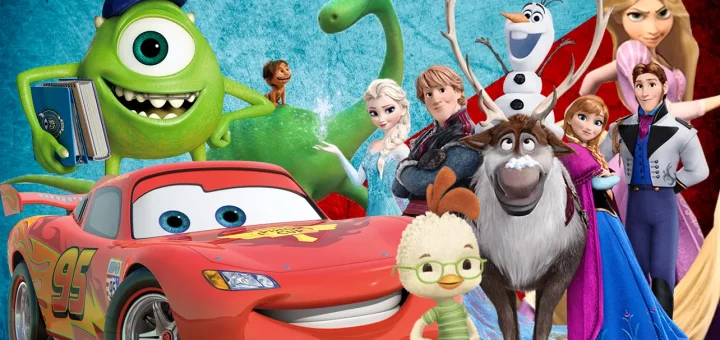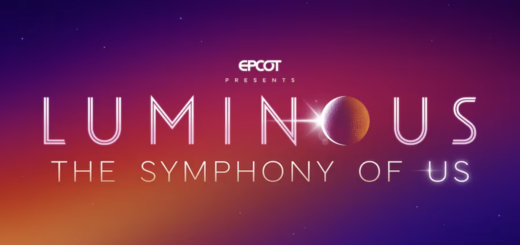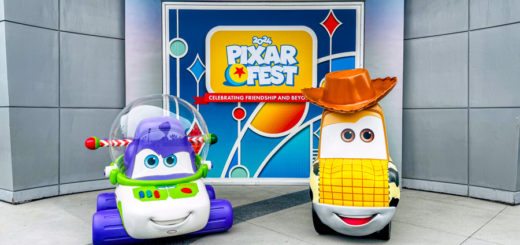How to Fix Disney’s Pixar Problem
Earlier this year, Elemental suffered the kind of fate typically reserved for a slasher flick. It was buried alive.
Box office analysts rushed to judgment on something they perceived as a foregone conclusion.
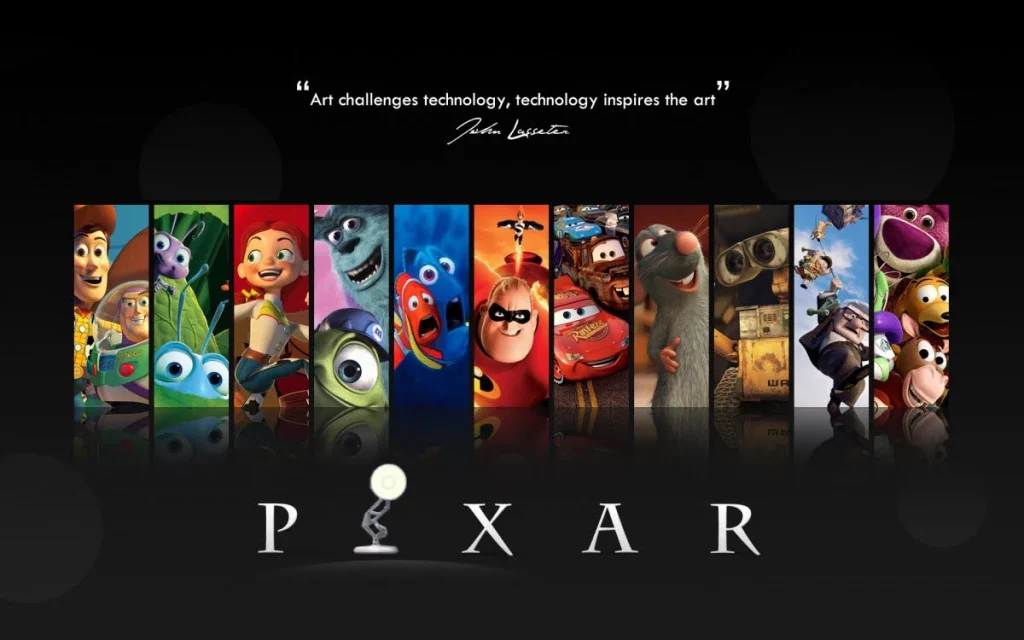

pixar
While the results played out quite differently, none of the negative spin would have occurred if not for a simple truth.
Pixar is in trouble right now.
So, let’s discuss how to fix Disney’s Pixar problem.
The Good Times
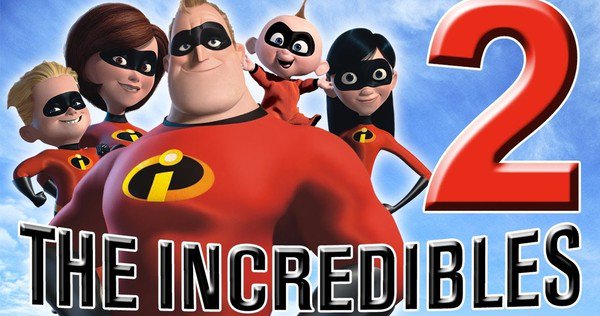

First, let’s look back at Pixar’s pre-pandemic releases.
From 2017-2019, the animation powerhouse released this trio of films: Coco, The Incredibles 2, and Toy Story 4.
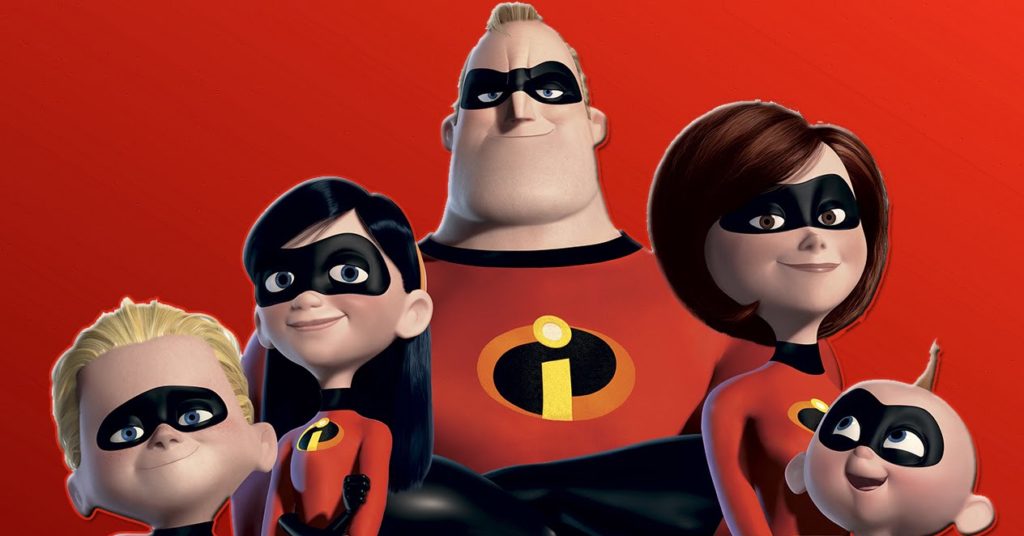

The WORST reviewed of those three movies currently claims a Rotten Tomatoes Tomatometer of 93 percent and an Audience Score of 84 percent.
Notably, that title, The Incredibles 2, also earned the largest box office tally of roughly $1.2 billion.
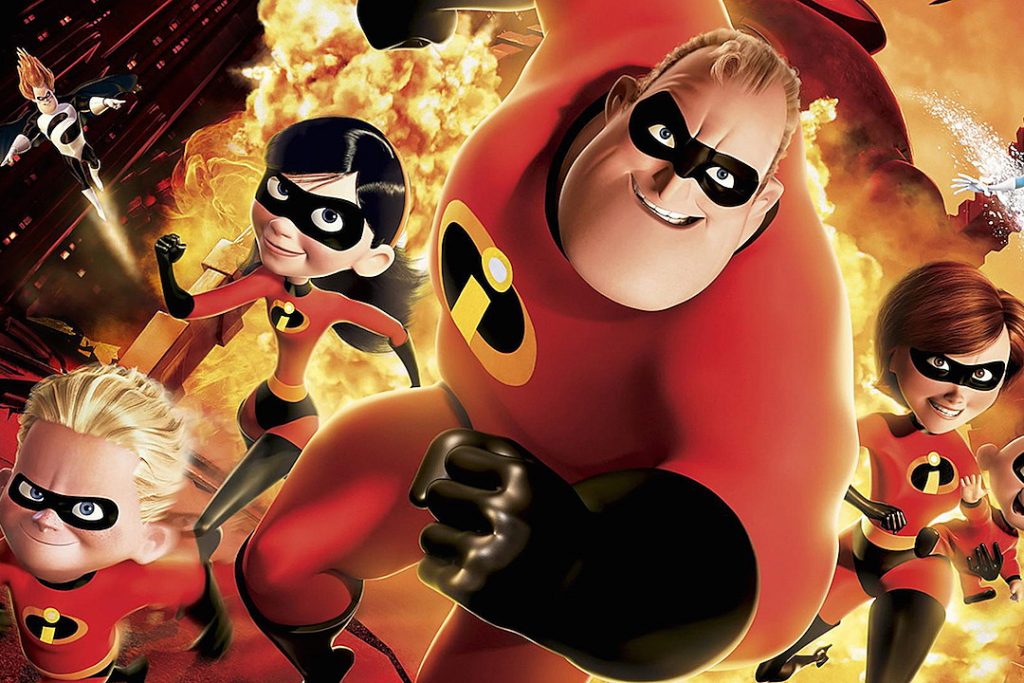

Overall, the three films averaged more than $1 billion per title. Also, their Tomatometer average is 96 percent, and their Audience Score is 91.
Two of the three films earned an Academy Award for Best Animated Feature as well. Only Spider-Man: Into the Spider-Verse prevented a clean sweep.


Photo: IMDB
Perfection is often unattainable in Hollywood, but Pixar came about as close as any studio could.
Pixar’s success came with its own rewards. For starters, Pixar’s owner, The Walt Disney Company, could pay for salaries via film budgets.
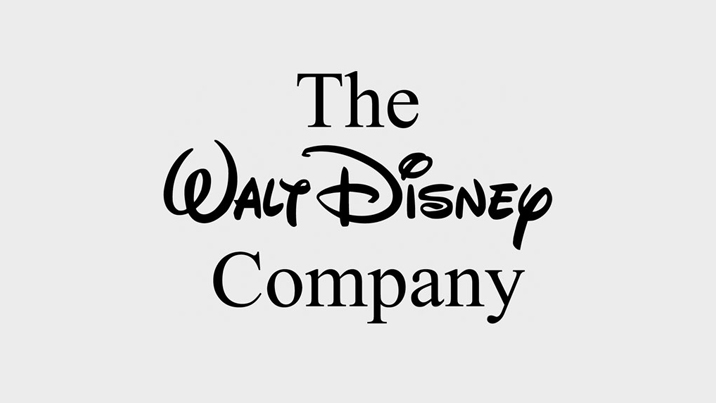

Walt Disney Company
Here’s Pixar President Jim Morris explaining this unusual tactic:
“Sometimes, the budgets [for other films] that get reported are physical production costs and don’t include the salaries of (film) executives and things like that.


“Our budgets include all of that, so there’s some accounting context that gets lost.”
This accounting tactic is easy to justify when $200 million productions earn $1 billion in box office revenue.
What nobody stopped to wonder was, “How would the system work if we suddenly stopped earning lots of money?”
The Bad Times


Photo: Toynk.com
Here’s something you may not have noticed about Pixar’s past 15 years.
After the studio excelled with the stunning one/two combo of WALL-E and Up, most of the follow-up titles were sequels.


Image Credit: Funko/Target
From 2010-2019, Pixar released two Toy Story sequels, two Cars sequels, and follow-ups to Monsters, Inc., Finding Nemo, and The Incredibles.
Pixar’s only original intellectual properties (IPs) from that timeframe were Brave, The Good Dinosaur, and Inside Out.


Photo: Disney
In all three instances, quality ultimately determined the project’s success.
The Good Dinosaur became a failure for the ages, while the other two projects performed quite well.
Due to a couple of scheduling decisions behind the scenes, Pixar altered its strategy from 2020-2022.


Photo: Pixar
During those years, the studio planned four new IPs: Onward, Soul, Luca, and Turning Red.
Privately, I suspect that Pixar executives would have acknowledged that Onward existed primarily for the merchandising potential.


Photo: Disney +
Pixar had high hopes for Soul and Luca due to their unmistakable quality, while Turning Red looked like a Can’t Miss project on paper.
What nobody could have expected was Coronavirus and the de facto shutdown of movie theaters.
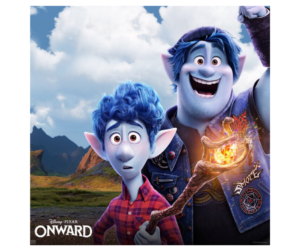

Sadly, Onward absorbed the brunt of this phenomenon when the $175 million production quickly died at the box office.
The film earned only $142 million in global revenue, and even that paltry sum bordered on miraculous, all things considered.


Photo: Pixar/Disney
Pandemic concerns collapsed the theatrical experience so quickly that Onward arrived on Disney+ exactly two weeks after it debuted in theaters.
In the process, Disney committed Pixar down an uncertain but necessary road. The next three films would all debut on Disney+ rather than theaters.
The Pixar Problem


Rotten Tomatoes
Here’s the part you probably don’t know. The average Tomatometer score of those four films is 92, while the Audience Score is 89.
I’m throwing out Turning Red’s Audience Score due to obvious tampering, but the point is clear.


Image Credit: Walt Disney Animation Studios
Pixar’s quality remained steady compared to 2017-2019. What changed was how audiences consumed the products.
Bob Chapek, Disney’s CEO at the time, tried to increase Disney+ subscriber numbers as a way of making lemonade out of lemons.


Photo: CNBC
The unavoidable byproduct of this decision was the financial strain it caused with the Pixar division.
Other animated studios can create titles for less than $100 million because 1) they’re not hiring the best artists and 2) they’re not paying for the workers.
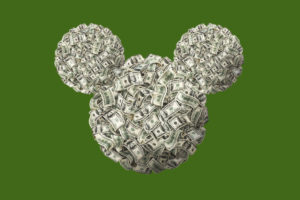

Photo: Washington Post
As mentioned, Pixar’s film budgets pay for the salaries of the entire staff, not simply the people who work on a particular project.
That’s an onus that no other animated studio faces. To the best of my knowledge, no other Hollywood studio does that, independent of content.


Photo: Wikimedia
Pixar’s systemic excellence has afforded Disney budgeting indulgences that nobody else would do.
In layperson’s terms, imagine if your boss, a business owner, paid you out of their own pocket rather than via their company.


Photo: skillastics.com
That system works fine if your boss’s business is making money. If it doesn’t, your salary suddenly seems like an onus to your employer.
Disney faced this dilemma with Pixar. Even worse, it trained potential Pixar viewers to watch the product on Disney+ rather than in theaters.
Elemental Solutions


Photo: Pixar
Once the pandemic ended, everyone assumed that Pixar movies would underachieve at the box office.
When Elemental claimed the worst opening weekend in Pixar’s modern history, most analysts wrote its epitaph.


Photo:Disney/Pixar
Thankfully, the film’s underlying quality won the day. Elemental has earned nearly $500 million at the box office, but that’s not the best part.
Disney has already confirmed that Elemental is a streaming blockbuster.


Photo: Disney/Pixar
In fact, it has outperformed other 2023 Disney releases, ones that earned more box office.
According to Disney, more people viewed Elemental during its early days on Disney+ than had watched Guardians of the Galaxy Vol. 3 or The Little Mermaid.


Photo: Disney/Pixar
That’s an astounding feat, and it comes with two vital points. The first is that theatrical movie-going has changed in the pandemic’s aftermath.
As of right now, good movies can stay in theaters longer and hold better.


Photo: CNBC
Since most Pixar films are exceptional, we shouldn’t judge them based on one weekend’s results.
Second, Disney must view theatrical releases in a new light as we enter the unknown of a digital marketplace.


According to a recent New York Times piece, “Disney also expects to sell about 800,000 “Elemental” DVDs worldwide.
Also, “about 1.7 million people will buy a digital copy (of Elemental) through iTunes, Amazon, Google Play and other online stores.”


Photo: Disney/Pixar
Disney has always employed a phased approach to its theatrical releases.
The film studio earns money in theaters, then on home video, and finally via cable/network television licensing.
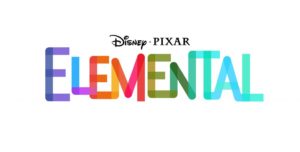

Source: https://deadline.com/2022/05/pixar-elemental-release-date-concept-art-1235024683/
We’ve entered a new era where digital sales double those of physical media, and that disparity will only grow in the coming years.
Meanwhile, high-quality films like Elemental will lead to more Disney+ subscriptions while ensuring fewer service cancellations.
How to Fix the Pixar Problem Part I
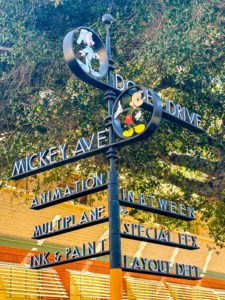

To summarize, Disney is rebuilding a longstanding revenue model on the fly.
Several studios like Sony, Paramount, and Warner Bros. face the same dilemma, as the second-screen generation becomes the primary movie-going audience.


Movie Theater
These viewers didn’t grow up with the same mystique regarding watching a film in theaters. A tablet or phone was plenty good enough. So, it’s a hard sell.
Disney must reconfigure its financial apparatus to account for this fact, and it needs to start with something basic.


We live in an age where people evaluate box office results like sports box scores.
If the story is that an expensive film has underachieved on opening weekend, people WILL talk about it.


Photo: Disney
That negative news cycle creates a perception that’s challenging to overcome.
Elemental managed the feat, but other Disney titles like Haunted Mansion and Indiana Jones and the Dial of Destiny didn’t.


Image: Disney
Disney MUST lower the budgets for its productions because people report those, often unfairly.
Few casual fans understand how film stipends work. They don’t understand that a $250 million movie can actually cost $198 million after the stipend.


Photo: skillastics.com
Also, some people just don’t care about facts and truth and intentionally misrepresent the budget anyway.
For this reason, I’d strongly encourage Disney to add the salaries of Pixar workers to the main budget.


Photo: Wikimedia
That way, Pixar’s per-film cost would fall in line with competitors.
Currently, it’s a bad look that Sony can make Spider-Man: Across the Spider-Verse for half of Elemental or Lightyear.
How to Fix the Pixar Problem Part II
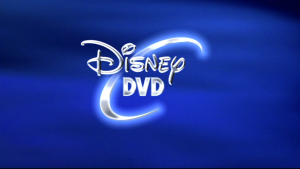

Also, Disney should emphasize digital sales, the new form of DVD/Blu-Ray purchase.
A digital locker purchase costs Disney literally nothing in terms of overhead because there’s nothing to manufacture.


Photo:Rappler
For whatever reason, Disney has hard-locked the price of its theatrical releases on services like iTunes and Vudu.
Offering catalog titles for $5 doesn’t hurt anything, brings in more revenue, and fosters goodwill.


Photo:seoclerk.com
Disney doesn’t spend money when people watch movies, either. Digital locker services like Vudu eat that expense.
In return, they keep a cut of the film’s sales. That’s a deal Disney should happily make since it again doesn’t incur any overhead expenses.


Photo: Computer Hope
When outside analysts refer to Disney’s gigantic content library as an untapped resource, they’re referencing business opportunities like this.
If Disney cannot persuade a certain percentage of customers to watch films in theaters, it should sell those same titles in the digital marketplace instead.


Photo: Disney
Sure, some people will wait for the title on Disney+, but others (like me) are completionists who will happily pay to fill out our libraries.
Disney’s Pixar mistake thus far includes one easily correctable error.


Courtesy:Disney/Pixar/Everett Collection
The company has perceived the new, post-disruption Hollywood film era as a primarily binary marketplace.
Disney gains box office revenue sales and Disney+ subscriptions.


Photo: English Jargon
To date, they’ve grayed out everything in the middle, but it doesn’t have to be that way.
Also, and this one is stating the obvious, Disney must commit Pixar to theatrical releases and let consumers know that’s the case.
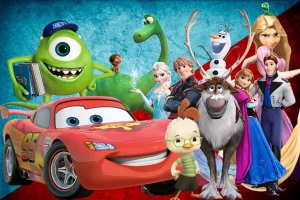

photo: Disney/Pixar ; Illustration: Dillen Phelps
Finally, Disney’s continued strength remains. Film quality ultimately wins out in the end.
As long as Pixar keeps churning out thoroughly entertaining films, it’ll find an audience.
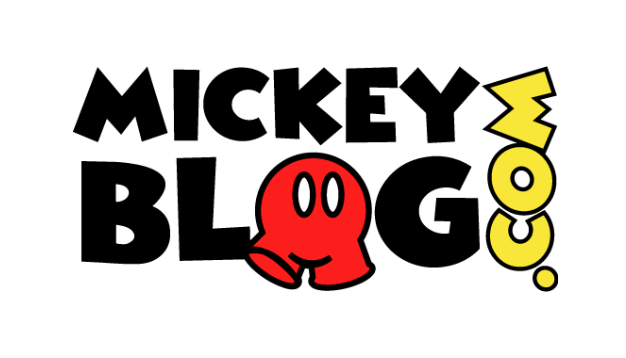

Photo: MickeyBlog
Thanks for visiting MickeyBlog.com! Want to go to Disney? For a FREE quote on your next Disney vacation, please fill out the form below, and one of the agents from MickeyTravels, a Diamond Level Authorized Disney Vacation Planner, will be in touch soon!


